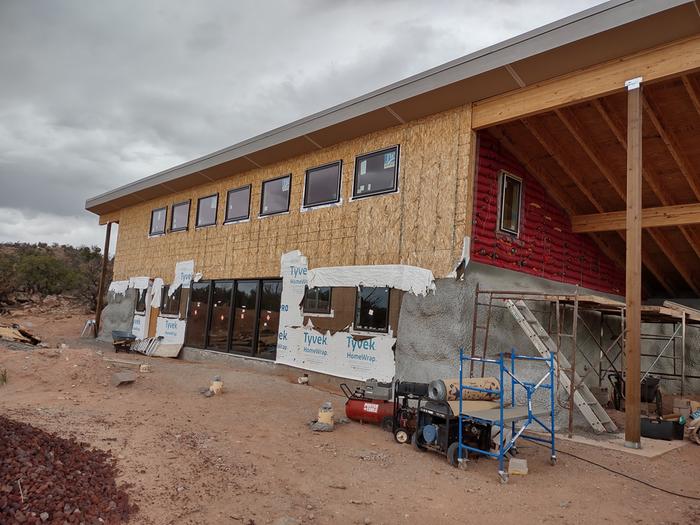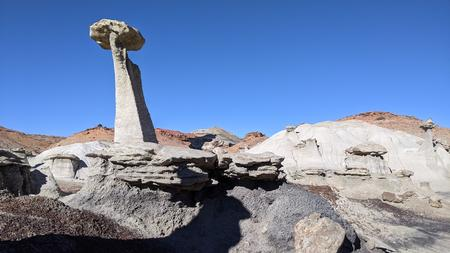
 2
2




Kimi BrownKawa
https://www.brownkawa.com
 1
1




 4
4





Kimi BrownKawa
https://www.brownkawa.com
 3
3




Bryan Elliott wrote:AWESOME! I really appreciate you posting this. This and adobe fascinate me. I had to go read your blog posts. If we get a handle on this pandemic, I'd love to see this before it's completed. I will be watching you.
Kimi BrownKawa
https://www.brownkawa.com

 2
2




How Permies works: https://permies.com/wiki/34193/permies-works-links-threads
My projects on Skye: The tree field, Growing and landracing, perennial polycultures, "Don't dream it - be it! "
 2
2




Kimi BrownKawa
https://www.brownkawa.com
 4
4





Kimi BrownKawa
https://www.brownkawa.com
 3
3




 2
2




Bryan Elliott wrote:Kimi,
Wow! You and your husband do everything with style. I'm glad to see the update and pick up some ideas. My wife and I are moving to New Mexico between Santa Fe and Las Vegas this year and we are going to be starting with no improvements also. I don't expect our project will start the scale of yours but it's still going to challenge us. I'll be studying your posts on adobe and plastering.
Kimi BrownKawa
https://www.brownkawa.com
 3
3




 6
6




William Bronson wrote: I've read some of the blog posts-this is an impressive project!
I am curious, is this build cheaper than using strictly conventional materials?
Kimi BrownKawa
https://www.brownkawa.com
 3
3




 2
2




William Bronson wrote:I believe you mention in a previous thread that no foundation is needed for tire bales?
That alone is a huge cost saving.
I will have to peruse your blog to see how that interacts with your earthen floor.
It would have been easier to simply avoid building codes, etc,but you are unlocking regulatory barriers instead, and that is a great contribution to society.
William Bronson wrote:I am curious, do you think applying shotcrete or another cementious stucco before pouring a bond beam would be easier?
Also, do you think a wooded bond beam work on tire bale walls?
William Bronson wrote:Your choice to jump through the governmental hoops is admirable.
It would have been easier to simply avoid building codes, etc,but you are unlocking regulatory barriers instead, and that is a great contribution to society.

Kimi BrownKawa
https://www.brownkawa.com
 3
3




William Bronson wrote:
I will have to peruse your blog to see how that interacts with your earthen floor.
Kimi BrownKawa
https://www.brownkawa.com

|
It's feeding time! Give me the food you were going to give to this tiny ad:
Play Your Way to a Sustainable Lifestyle: Uncover Permaculture Principles with Each Card
https://gardener-gift.com/
|



